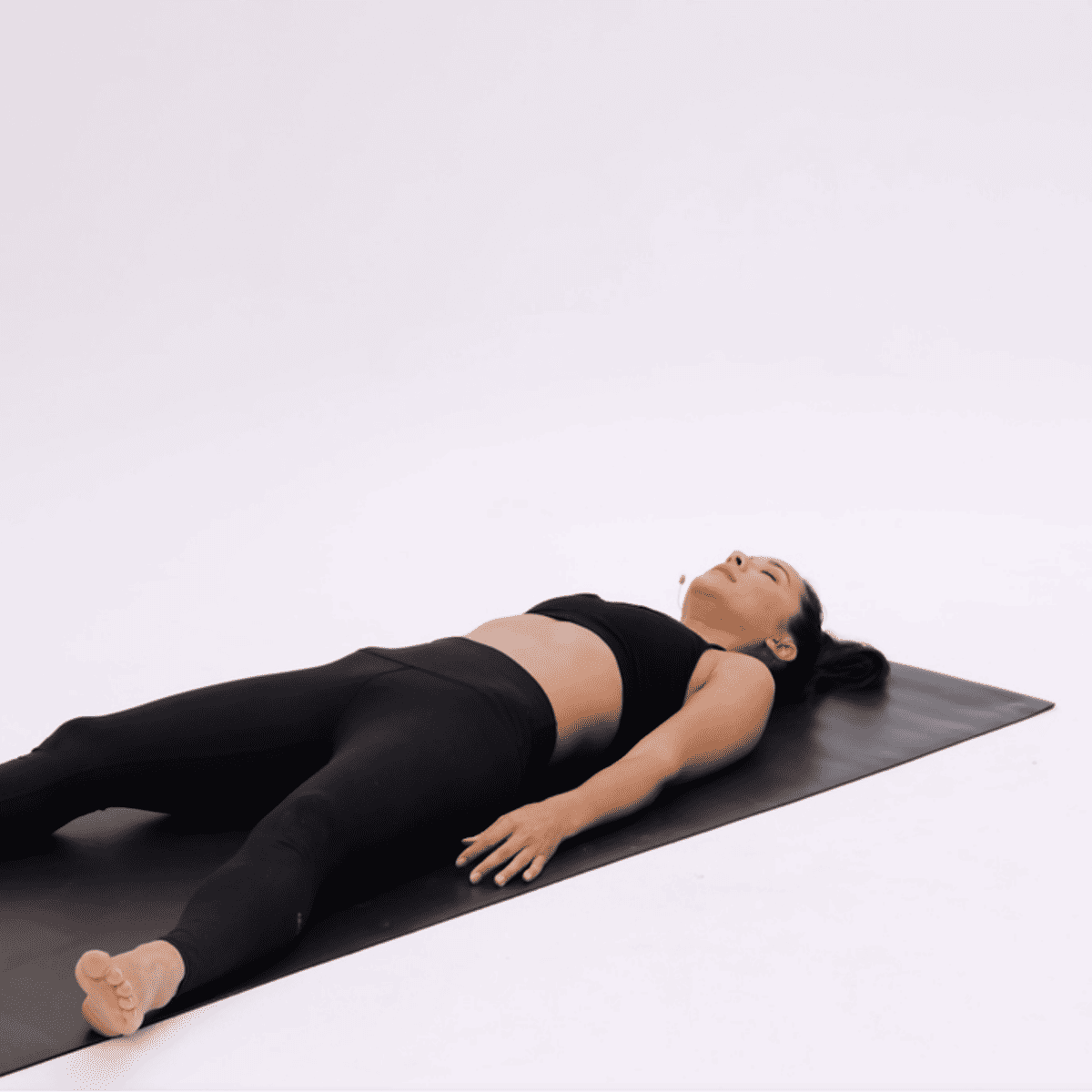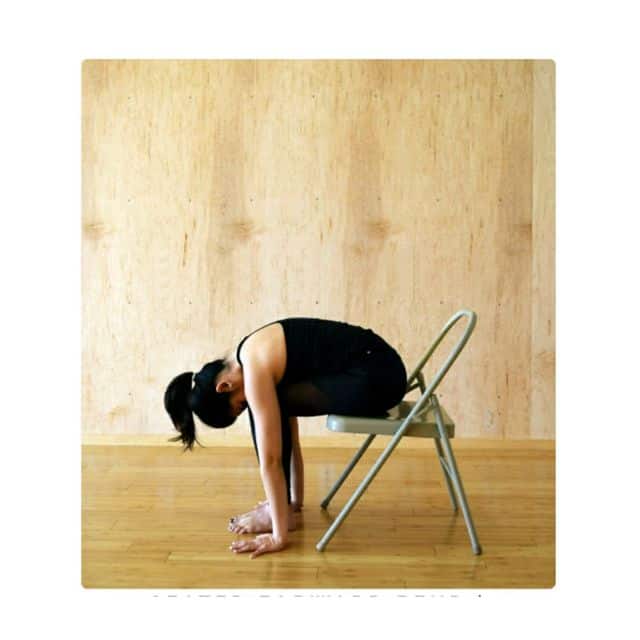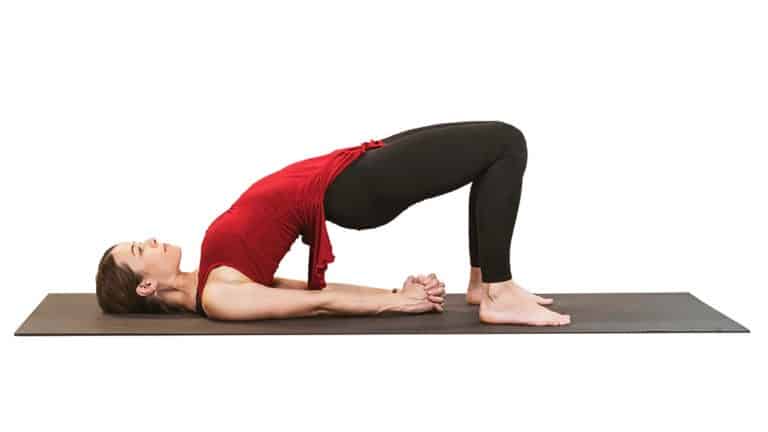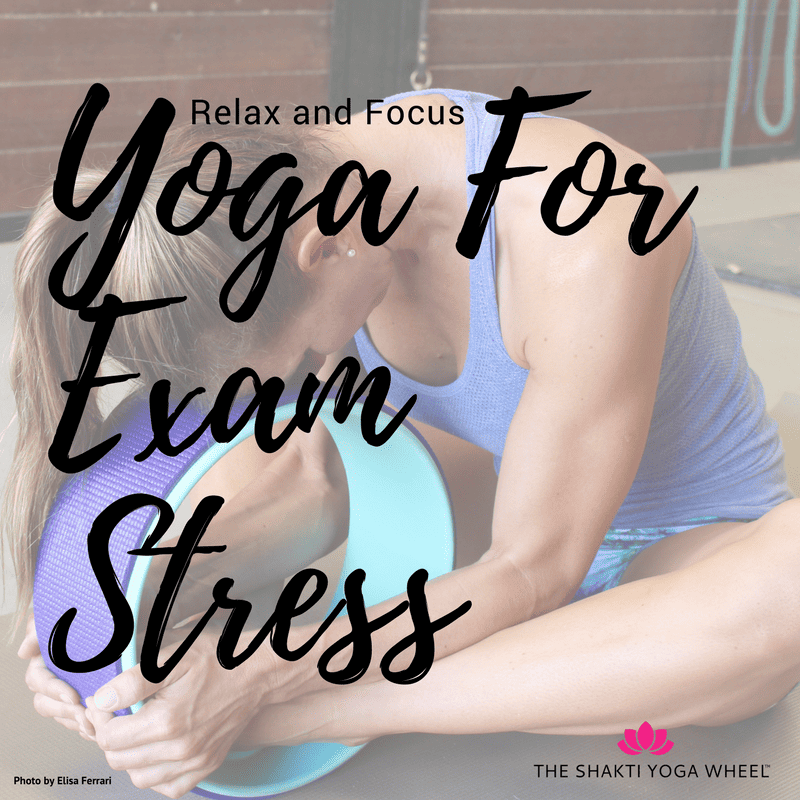In this article, we will explore the benefits of yoga for exam stress and provide you with some yoga poses, pranayama techniques, and yoga sequences that can help you find calm and focus during this challenging time.
Are you feeling overwhelmed and stressed out by upcoming exams? Don’t worry, there’s a natural and effective way to alleviate your exam stress – yoga.
Yoga has been practiced for centuries and is known for its numerous physical and mental health benefits. Benefits of yoga for exam stress
Reduces anxiety and stress levels
One of the primary benefits of yoga for exam stress is its ability to reduce anxiety and stress levels. The practice of yoga involves deep breathing, gentle movements, and mindfulness, which can help activate the body’s relaxation response and calm the mind.
By practicing yoga regularly, you can lower your cortisol levels, the hormone responsible for stress, and experience a greater sense of calm and tranquility.
Improves focus and concentration
When you’re studying for exams, it’s crucial to have a sharp focus and concentration. Yoga can help improve your mental clarity and enhance your ability to concentrate. The combination of physical postures, controlled breathing, and meditation in yoga helps to quiet the mind and improve cognitive function.
By incorporating yoga into your exam routine, you can enhance your ability to retain information and stay focused for longer periods.
Increases energy and reduces fatigue
Long hours of studying can leave you feeling drained and fatigued. Yoga can help boost your energy levels and reduce fatigue by increasing blood circulation and oxygen flow throughout the body.
The gentle stretches and movements in yoga help release tension and improve overall vitality. By practicing yoga regularly, you can combat exam-related fatigue and maintain a higher level of energy throughout the day.
Promotes relaxation and better sleep
Getting enough restful sleep is essential for optimal exam performance. However, stress and anxiety can often disrupt sleep patterns. Yoga can promote relaxation and better sleep by calming the nervous system and reducing racing thoughts.
The practice of yoga before bedtime can help you unwind, release tension, and prepare your body and mind for a restful night’s sleep. By incorporating yoga into your evening routine, you can improve the quality of your sleep and wake up feeling refreshed and rejuvenated.
Great Yoga Mat Towel – Yogitoes
About this product:
- Anti-Slip Bottom: Patented Skidless Technology with silicone nubs for superior grip during hot and sweaty yoga.
- Yoga Support: Ultra absorbent, quick-drying, and sustainable Yogitoes in beautiful designs.
- Eco-Friendly: Made from at least four recycled plastic bottles, reducing energy consumption, and free from harmful dyes.
Yoga poses for exam stress relief
Child’s Pose (Balasana)
Child’s Pose is a gentle resting pose that helps release tension in the back, shoulders, and neck. To practice this pose, kneel on the floor, sit back on your heels, and fold your torso forward, resting your forehead on the mat.
Extend your arms forward or alongside your body, whichever feels more comfortable. Take slow, deep breaths and allow your body to relax completely.
Corpse Pose (Savasana)
Corpse Pose is a deeply relaxing pose that allows your body and mind to enter a state of complete relaxation. Lie flat on your back, arms by your sides, palms facing up.
Close your eyes and focus on your breath. Allow your body to sink into the mat and release any tension or stress. Stay in this pose for several minutes, allowing yourself to fully let go and experience deep relaxation.
Seated Forward Bend (Paschimottanasana)
Seated Forward Bend is a calming pose that stretches the entire back of the body, promoting relaxation and relieving anxiety. Sit on the floor with your legs extended in front of you.
Inhale and lengthen your spine, then exhale and fold forward from the hips, reaching for your feet or ankles. If you can’t reach your feet, you can use a strap or towel to hold onto. Take slow, deep breaths and allow your body to relax into the stretch.
Standing Forward Bend (Uttanasana)
Standing Forward Bend is a gentle inversion that helps calm the mind and relieve stress. Stand with your feet hip-width apart, inhale to lengthen your spine, then exhale and fold forward from the hips, allowing your upper body to hang over your legs.
You can bend your knees slightly if needed. Let your head and neck relax completely. Take slow, deep breaths and feel the stretch in the back of your legs and spine.
Bridge Pose (Setu Bandhasana)
Bridge Pose is an energizing pose that helps open the chest, release tension in the back, and improve overall vitality. Lie on your back with your knees bent and feet flat on the floor, hip-width apart.
Inhale, press your feet into the mat, and lift your hips off the ground. Interlace your hands underneath your body and press your arms into the mat for support. Hold the pose for a few breaths, then slowly lower your hips back down to the mat.
Pranayama techniques for exam stress relief
Deep breathing (Pranayama)
Deep breathing is a simple yet powerful pranayama technique that can instantly calm your mind and reduce stress. Sit in a comfortable position, close your eyes, and take a deep breath in through your nose, filling your belly with air.
Exhale slowly through your nose, emptying your belly completely. Repeat this deep breathing pattern for several minutes, focusing on the sensation of your breath entering and leaving your body.
Alternate Nostril Breathing (Nadi Shodhana)
Alternate Nostril Breathing is a balancing pranayama technique that helps harmonize the left and right hemispheres of the brain, promoting mental clarity and reducing anxiety. Sit in a comfortable position and bring your right hand to your face.
Use your right thumb to close your right nostril and inhale deeply through your left nostril. Then, close your left nostril with your ring finger and exhale through your right nostril. Inhale through your right nostril, close it with your thumb, and exhale through your left nostril. Continue this pattern for several minutes, alternating nostrils with each breath.
Kapalabhati (Skull Shining Breath)
Kapalabhati is an invigorating pranayama technique that helps increase energy levels and clear the mind. Sit in a comfortable position and take a deep breath in. Exhale forcefully through your nose, contracting your abdominal muscles to push the breath out.
Allow the inhalation to happen naturally, without effort. Repeat this forceful exhalation followed by a passive inhalation for several rounds, gradually increasing the speed and intensity.
Yoga sequences for exam stress relief
Morning energizing sequence
– Mountain Pose (Tadasana)
– Sun Salutations (Surya Namaskar)
– Warrior II (Virabhadrasana II)
– Tree Pose (Vrksasana)
– Camel Pose (Ustrasana)
– Downward Facing Dog (Adho Mukha Svanasana)
– Corpse Pose (Savasana)
Afternoon focus and concentration sequence
– Seated Forward Bend (Paschimottanasana)
– Boat Pose (Navasana)
– Eagle Pose (Garudasana)
– Warrior III (Virabhadrasana III)
– Headstand (Sirsasana)
– Child’s Pose (Balasana)
– Corpse Pose (Savasana)
Evening relaxation and sleep sequence
– Standing Forward Bend (Uttanasana)
– Legs-Up-The-Wall Pose (Viparita Karani)
– Reclining Bound Angle Pose (Supta Baddha Konasana)
– Supported Bridge Pose (Setu Bandha Sarvangasana)
– Corpse Pose (Savasana)
Tips for incorporating yoga into your exam routine
– Start with short yoga sessions: If you’re new to yoga, begin with shorter sessions and gradually increase the duration as you become more comfortable.
– Find a quiet space: Create a peaceful environment for your yoga practice by finding a quiet space where you won’t be disturbed.
– Set a regular schedule: Establish a consistent yoga routine by setting aside specific times each day for your practice. This will help you stay committed and make it easier to incorporate yoga into your exam routine.
– Listen to your body: Pay attention to how your body feels during each yoga pose and modify or skip any poses that cause discomfort or pain.
– Practice mindfulness: While practicing yoga, focus on the present moment and let go of any thoughts or worries about exams. Use your breath as an anchor to keep your mind centered and calm.
Conclusion
Incorporating yoga into your exam routine can be a game-changer when it comes to managing stress and improving your overall well-being. By practicing yoga regularly, you can reduce anxiety, improve focus and concentration, increase energy levels, promote relaxation, and enjoy better sleep.
Try out the yoga poses, pranayama techniques, and yoga sequences mentioned in this article, and discover the transformative power of yoga for exam stress relief. Remember to listen to your body, be consistent, and approach your practice with a sense of mindfulness.
Good luck with your exams, and may your yoga journey bring you peace and success!
Originally posted 2023-03-30 16:36:25.
Yogi is a seasoned practitioner, teacher, and advocate for holistic well-being. He shared, “When I first started practicing yoga after long hours at my desk, I struggled with stiffness in my lower back. Through consistent practice of gentle Hatha poses, especially Cat-Cow and Sphinx, I noticed my posture improving. Studies from the NIH support that gentle spinal flexion can enhance circulation and reduce tension. Remember to move mindfully, never forcing your body — yoga meets you where you are.”









